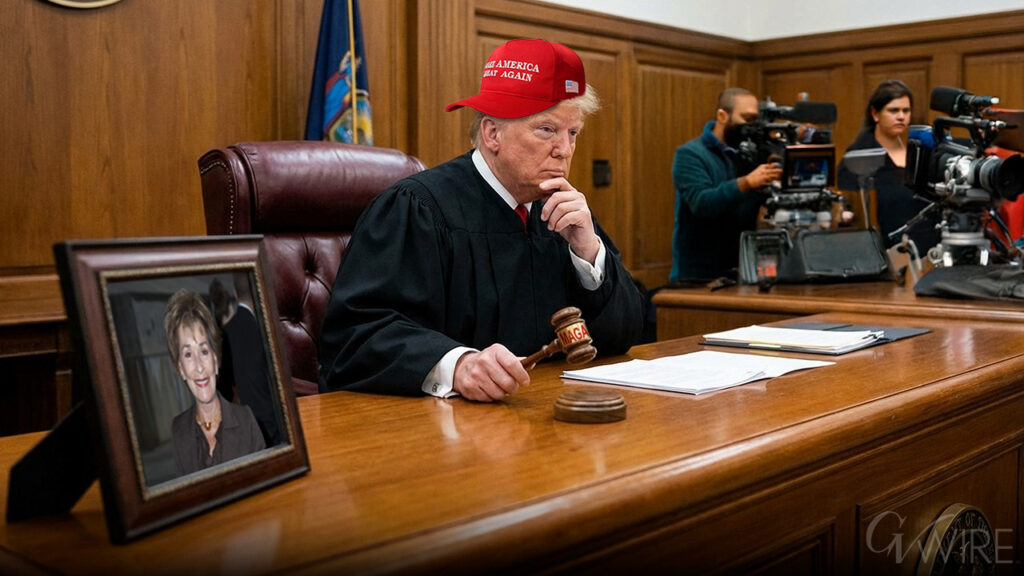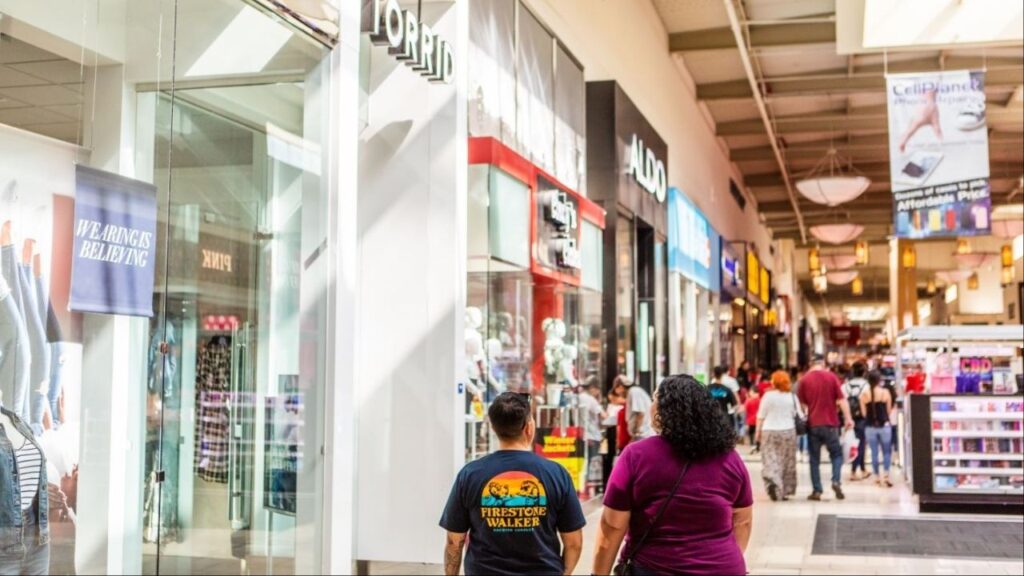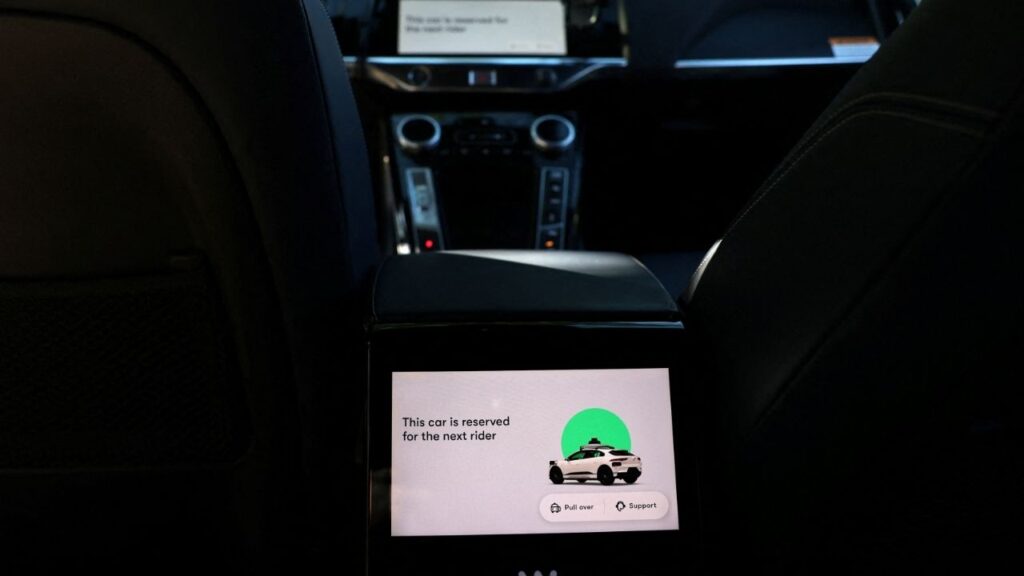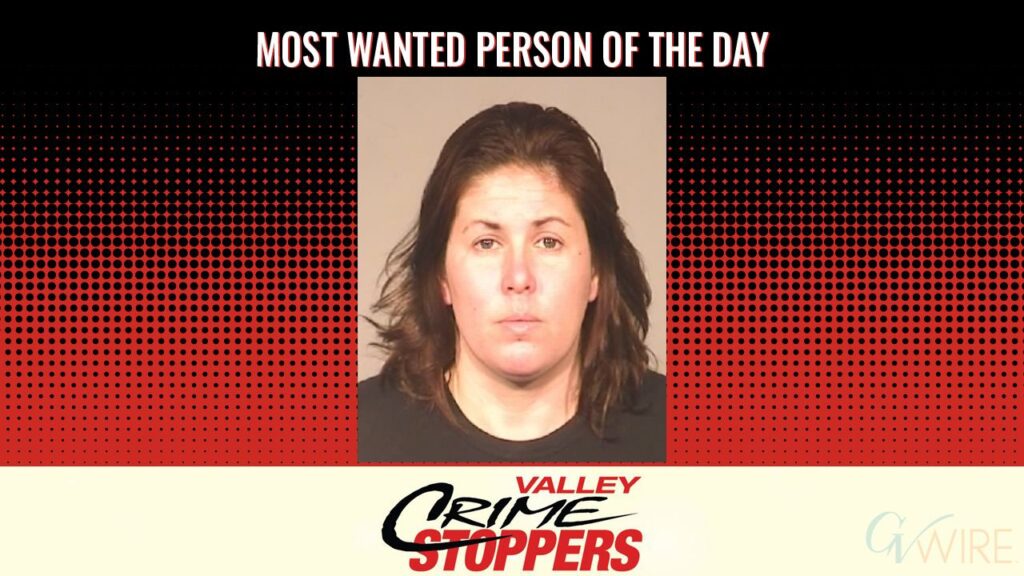Share
|
Getting your Trinity Audio player ready...
|
The Biden administration cleared the way Friday for California’s plan to phase out a wide range of diesel-powered trucks, part of the state’s efforts to drastically cut planet-warming emissions and improve air quality in heavy-traffic areas like ports along the coast.
The decision by the U.S. Environmental Protection Agency allows California to require truck manufacturers to sell an increasing number of zero-emission trucks over the next couple of decades. The rule applies to a wide range of trucks including box trucks, semitrailers and even large passenger pick-ups.
“We’re leading the charge to get dirty trucks and buses – the most polluting vehicles – off our streets, and other states and countries are lining up to follow our lead,” Democratic Gov. Gavin Newsom said in a statement.
The EPA typically sets standards for tailpipe emissions from passenger cars, trucks and other vehicles, but California has historically been granted waivers to impose its own, stricter standards. Other states can then follow suit, and eight other states plan to adopt California’s truck standards, Newsom’s office said. In a letter last year, attorneys general from 15 states, Washington, D.C., and New York City urged the EPA to approve the California truck standards.
The transportation sector accounts for nearly 40% of California’s greenhouse gas emissions. Newsom has already moved to ban the sale of new cars that run entirely on gasoline by 2035. Those rules are still waiting on EPA approval.
The new truck standards are aimed at companies that make trucks and those that own large quantities of them. Companies owning 50 or more trucks will have to report information to the state about how they use these trucks to ship goods and provide shuttle services. Manufacturers will have to sell a higher percentage of zero-emission vehicles starting in 2024. Depending on the class of truck, zero-emission ones will have to make up 40% to 75% of sales by 2035.
The announcement came as advocates are pushing for more ambitious tailpipe emissions standards in other states and at the national level.
“We don’t just fight for California, we fight for all of the communities,” said Jan Victor Andasan, an activist with East Yard Communities for Environmental Justice, a group that advocates for better air quality in and around Los Angeles.
Andasan and other environmental activists from across the country who are a part of the Moving Forward Network, a 50-member group based at Occidental College in Los Angeles, met with EPA officials recently to discuss national regulations to limit emissions from trucks and other vehicles.
Trucking Industry Concerned About Requirements
But some in the trucking industry are concerned about how costly and burdensome the transition will be for truck drivers and companies.
“The state and federal regulators collaborating on this unrealistic patchwork of regulations have no grasp on the real costs of designing, building, manufacturing and operating the trucks that deliver their groceries, clothes and goods,” said Chris Spear, president of the American Trucking Association, in a statement.
“They will certainly feel the pain when these fanciful projections lead to catastrophic disruptions well beyond California’s borders,” he added.
Federal pollution standards for heavy trucks are also getting tougher. The EPA released rules that will cut nitrogen oxide pollution, which contributes to the formation of smog, by more than 80% in 2027. The agency will propose greenhouse gas emissions limits this year.
The agency expects the new standards and government investment will lead to zero-emissions electric and hydrogen fuel cell trucks carrying most of the nation’s freight.
California activists Andasan and Brenda Huerta Soto, an organizer with the People’s Collective for Environmental Justice, are troubled by the impact of pollution from trucks and other vehicles on communities with a large population of residents of color that live near busy ports in Los Angeles, Oakland and other cities as well as warehouse-dense inland areas.
Huerta Soto works in Southern California’s Inland Empire, where a high concentration of trucks pass through to transport goods. On top of truck pollution, the many cars, trucks and trains that travel through the area burden residents with noises, odors and pollutants these vehicles emit, she said.
“We have the technology, and we have the money” to move toward zero-emission vehicles, she said.
RELATED TOPICS:
Categories
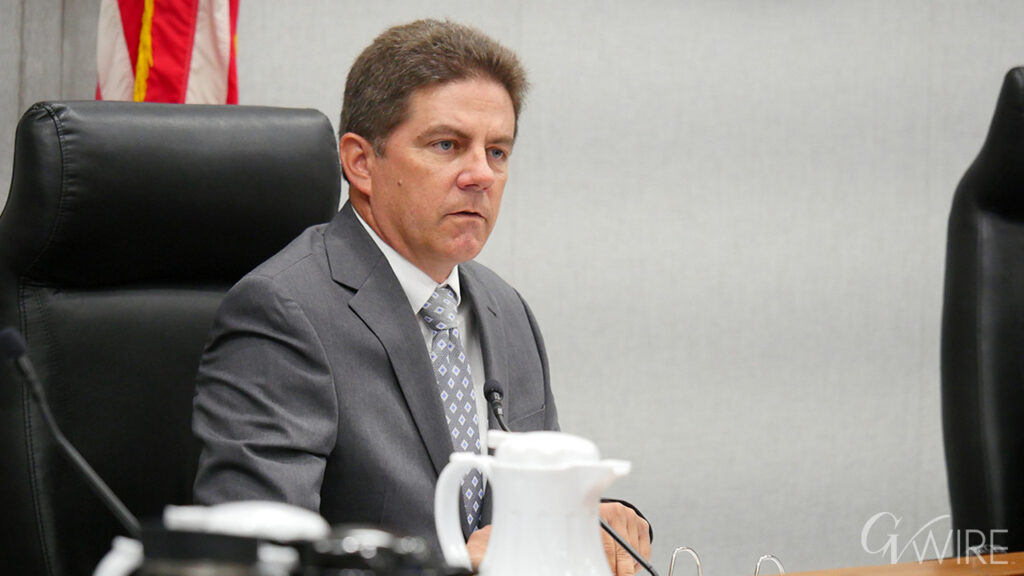
Fresno County Supervisor Plans 2026 State Assembly Race
